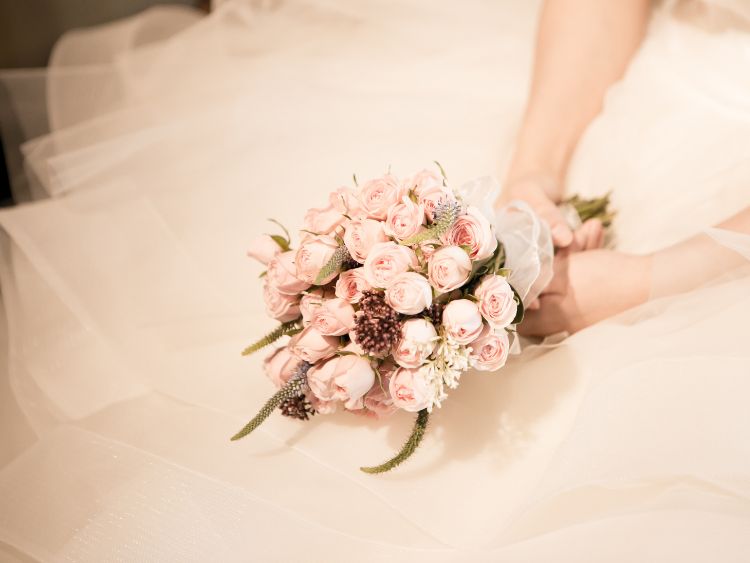Fashion can be tricky, right? We all know that dressing appropriately for an event can make or break your impression. But when someone throws around terms like “semi-formal” and “formal,” things can get a bit confusing. What exactly is the difference between the two? What should you wear to a semi-formal dinner versus a formal wedding? Whether you’re gearing up for a business gala or a cocktail party, knowing the difference between semi-formal and formal attire will help you nail your outfit every time. Let’s dive deep into the comparison of semi-formal vs formal so you can feel confident at your next event.
Decoding Dress Codes
We’ve all been there: staring at an invitation, wondering what “semi-formal” or “formal” actually means. These terms can leave us baffled, unsure if we should reach for a tuxedo or simply a blazer. What’s worse, each event can have slightly different expectations. So, to save you the stress and second-guessing, let’s break down these two dress codes, giving you a clear understanding of semi-formal vs formal and how to dress for success.
What is Semi-formal Attire?
Let’s start with the easier of the two: semi-formal. Picture it as the stylish middle ground between casual and formal. It’s more polished than what you’d wear to a business casual meeting but not as fancy as a black-tie affair. Semi-formal allows you to be creative while still looking put-together.
- For men: Think dark suits, dress shirts, and ties. But leave the tuxedo at home. A sharp blazer paired with slacks also works if you’re aiming for a slightly relaxed vibe. Shoes should still be formal, like Oxfords or loafers.
- For women: A cocktail dress is your best friend here. Dresses that fall at or just below the knee are perfect. You can also opt for dressy separates, like a blouse with a midi skirt. Heels or fancy flats are a go-to for footwear.
Semi-formal is often the go-to dress code for events like cocktail parties, upscale birthday dinners, or weddings where the vibe is elegant but not overly fussy. This dress code gives you the flexibility to show a bit of personality, which makes it more fun to dress for!
What is Formal Attire?
Now, formal attire—that’s a whole different ballgame. This dress code demands sophistication and elegance, leaving very little room for casual elements.
- For men: A formal event calls for a tuxedo. No exceptions. This is your chance to channel your inner James Bond. A black bowtie, polished black shoes, and cufflinks are essential elements. Think of this as the most upscale, refined look in a man’s wardrobe.
- For women: Formal dresses are usually floor-length, though some high-end cocktail dresses may also work, depending on the event. Gowns made from luxurious fabrics like silk, satin, or chiffon dominate here. Paired with elegant heels and statement jewelry, formal attire oozes class.
Formal attire is typically reserved for black-tie events, galas, fancy weddings, and award ceremonies. The key here is to aim for a timeless, polished look, with little room for experimentation.
Key Differences Between Semi-formal and Formal
It’s easy to get caught up in the nitty-gritty details when comparing semi-formal vs formal attire. But let’s simplify things a bit by breaking it down:
- Level of sophistication: Formal attire is the most elegant and refined, leaving no room for casual elements. Semi-formal, on the other hand, still looks polished but with more flexibility.
- Clothing choices: Tuxedos and floor-length gowns dominate formal events, while dark suits, cocktail dresses, and shorter dresses fit into the semi-formal category.
- Occasions: Semi-formal attire is often requested for weddings, cocktail parties, or fancy dinners. Formal attire is reserved for black-tie events, galas, and upscale ceremonies.
How to Transition Between Semi-formal and Formal
What if you’re attending an event that transitions from semi-formal to formal, like a wedding that starts in the afternoon and ends with a formal reception? Here’s how you can adjust your look to fit both dress codes without doing a complete outfit change:
- For men: If you’re starting with semi-formal, wear a well-tailored suit. To transition to formal, swap your tie for a bowtie and switch your suit jacket for a tuxedo jacket. If you’re in a pinch, adding more formal accessories like cufflinks can elevate your look.
- For women: If you’re wearing a semi-formal cocktail dress, pack a floor-length skirt that you can wear over your dress for the formal portion of the event. This is a creative hack that lets you move seamlessly between both dress codes. Adding statement jewelry and switching to heels can also make a big difference.
Semi-formal vs Formal: Which Dress Code Fits the Occasion?
While knowing the difference between semi-formal vs formal is crucial, understanding when each dress code is appropriate can be just as important.
Semi-formal Occasions
- Cocktail parties
- Weddings (especially afternoon or outdoor ceremonies)
- Graduation ceremonies
- Fancy birthday dinners
Formal Occasions
- Black-tie weddings
- Charity galas
- Award ceremonies
- Balls or other exclusive evening events
When in doubt, always opt for something slightly more formal. It’s better to be a bit overdressed than underdressed at an event. And don’t forget—confidence is your best accessory.
FAQs
1. What’s the difference between semi-formal and formal?
Semi-formal attire is more relaxed and versatile, allowing for cocktail dresses or suits, while formal attire demands the utmost elegance, requiring tuxedos or floor-length gowns.
2. Can you wear a long dress for a semi-formal event?
While long dresses are typically reserved for formal events, a flowy, elegant long dress can sometimes work for a semi-formal occasion, especially if it’s made from a more casual fabric like chiffon or lace.
3. Is a tie required for semi-formal attire?
Yes, ties are generally expected for men in semi-formal attire, but a sleek blazer without a tie can work if the event is on the more relaxed side.
4. Can women wear pants for semi-formal attire?
Absolutely! Dressy separates, like tailored pants with a chic blouse, are a great semi-formal option for women.
5. What colors are appropriate for formal events?
For formal events, dark, classic colors like black, navy, or deep jewel tones are best. Avoid bright or overly casual colors.
Summary: Nail Your Look Every Time
Dressing for success is all about understanding the nuances between dress codes. When comparing semi-formal vs formal attire, the key lies in the level of sophistication. Semi-formal gives you some leeway to be creative, while formal attire is all about timeless elegance and refinement. By following the guidelines laid out here, you’ll never have to worry about being underdressed—or overdressed—again.





